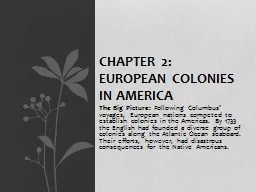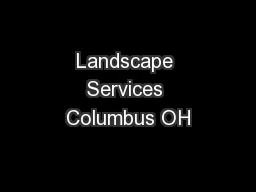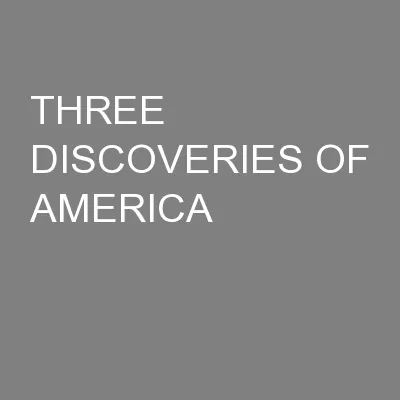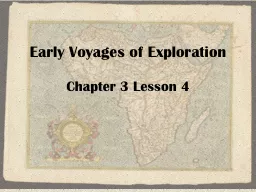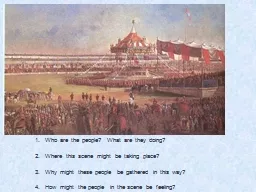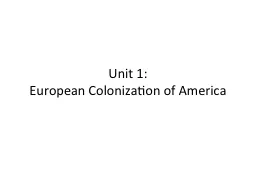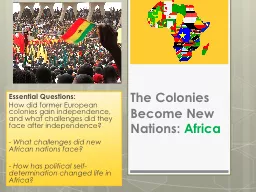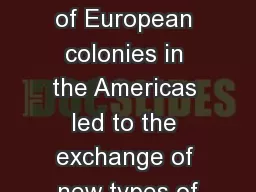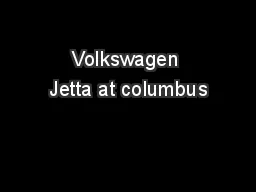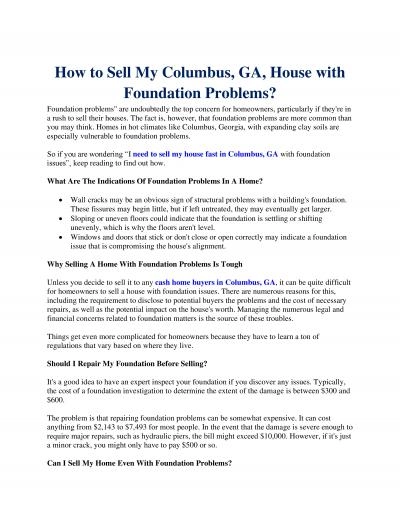PPT-The Big Picture: Following Columbus’ voyages, European nations competed to establish
Author : alexa-scheidler | Published Date : 2018-11-10
Chapter 2 European Colonies in America Main Idea In the 1500s and 1600s European nations led by Spain continued to explore claim territory and build settlements
Presentation Embed Code
Download Presentation
Download Presentation The PPT/PDF document "The Big Picture: Following Columbus’ ..." is the property of its rightful owner. Permission is granted to download and print the materials on this website for personal, non-commercial use only, and to display it on your personal computer provided you do not modify the materials and that you retain all copyright notices contained in the materials. By downloading content from our website, you accept the terms of this agreement.
The Big Picture: Following Columbus’ voyages, European nations competed to establish: Transcript
Download Rules Of Document
"The Big Picture: Following Columbus’ voyages, European nations competed to establish"The content belongs to its owner. You may download and print it for personal use, without modification, and keep all copyright notices. By downloading, you agree to these terms.
Related Documents

